Buy Test E 250mg/ml | Testosterone Enanthate Online
$50.00
Test E 250mg/ml (Testosterone Enanthate) – Long-acting injectable testosterone for HRT and performance enhancement. Reliable, consistent, and effective.
Test E | 250mg/ml (Testosterone Enanthate) is a long-acting testosterone ester widely used in both medical and performance settings. Its slow release into the bloodstream ensures steady hormone levels, reducing the need for frequent injections. This makes it a preferred choice for testosterone replacement therapy (TRT) and for athletes seeking sustainable performance benefits.
Key Features:
- High concentration: 250mg/ml
- Long half-life of 7–10 days
- Smooth, steady release profile
- Fewer injections compared to short esters
- Reliable for both clinical and performance use
Benefits:
- Restores and balances testosterone levels in men with low natural production
- Supports lean muscle growth and improved strength
- Enhances recovery, energy, mood, and libido
- Helps maintain consistent hormonal balance
Dosage Guidelines
- Medical Use / TRT: Typically 100–200mg weekly, depending on individual needs
- Performance Use: Commonly 250–500mg weekly, with some advanced users running higher dosages
- Administration: Intramuscular injection (commonly glute, thigh, or deltoid muscle)
- Half-Life: Approximately 7–10 days, allowing weekly or biweekly injections
Note: Dosages vary by individual response, goals, and medical supervision.
Uses of Test E 250mg/ml
- Hormone Replacement Therapy (HRT): Corrects testosterone deficiency in men
- Athletic Enhancement: Supports muscle mass, recovery, and endurance
- Strength Training: Increases power output and performance recovery
- Wellness Support: Improves energy, motivation, and sexual health
Test E | 250mg/ml is a common anabolic steroid preparation containing testosterone enanthate, a long-acting ester of testosterone. It is a synthetic version of the primary male sex hormone, testosterone.1 The 250 mg/ml denotes the concentration of the active ingredient, meaning there are 250 milligrams of testosterone enanthate in every milliliter of the solution.
What is Testosterone Enanthate?
Testosterone enanthate is an esterified form of testosterone. The enanthate ester is attached to the testosterone molecule to prolong its release after injection. When injected intramuscularly, the body slowly cleaves the enanthate ester from the testosterone molecule, allowing for a sustained release of the hormone into the bloodstream over several days. This slow release reduces the frequency of injections needed compared to shorter-acting testosterone esters.
Uses
In a medical context, Test E | 250mg/ml is prescribed for conditions like hypogonadism (low testosterone), where the body does not produce enough testosterone on its own. It is used in hormone replacement therapy (HRT) to restore testosterone levels to a normal range, alleviating symptoms such as low libido, fatigue, and muscle loss.
Illicit Use
Outside of medical supervision, this preparation is often used illicitly by bodybuilders and athletes to enhance performance and physique.The goal is to significantly increase muscle mass, strength, and recovery. The high concentration of testosterone and its long-lasting effects make it a popular choice for bulking cycles. However, such use can lead to serious side effects, including cardiovascular issues, liver damage, and hormonal imbalances.
FAQ: Test E | 250 mg/ml (Testosterone Enanthate Injection)
1. What is Test E | 250 mg/ml?
“Test E” stands for Testosterone Enanthate, a long-acting injectable form of testosterone. The “250 mg/ml” denotes the concentration—each milliliter contains 250 mg of testosterone enanthate. It’s a synthetic androgen and anabolic steroid used medically for hormone replacement and other indications.
2. What medical conditions does it treat?
Testosterone Enanthate is FDA-approved for:
- Low testosterone (hypogonadism) in males
- Delayed puberty in boys
- Metastatic breast cancer in females (in specific cases)
It’s also used in masculinizing hormone therapy for transgender men.
3. How is it administered and how often?
Typically given via deep intramuscular (IM) injection into the gluteal (buttock) muscle. Injection frequency varies by condition but commonly spans every 2 to 4 weeks.
4. What’s its half-life and how long does it stay in the body?
Pharmacologically, the intramuscular half-life is around 4 to 5 days, with detectable effects lasting up to several weeks due to gradual release from the oil depot.
5. How long does it take to notice effects?
Testosterone levels begin rising within a day post-injection. Physical effects—like increased libido—may appear around 3 weeks, while strength and muscle gains often take 3 to 4 months.
6. What are typical dosage guidelines?
- Hypogonadism in men: 50–400 mg every 2–4 weeks
- Delayed puberty (boys): 50–200 mg every 2–4 weeks, usually for 4–6 months
- Breast cancer (females): 200–400 mg every 2–4 weeks
- TRT typical adult doses: Starting around 100–250 mg/week, split into multiple injections for steadier levels
7. What side effects should I watch for?
Common side effects include:
- Injection site pain or swelling
- Acne, increased body hair, mood changes, libido shifts
- Elevated red blood cell counts, altered liver function tests, blood pressure increases.
Serious risks may include:
- Cardiovascular issues (stroke, heart attack)
- Prostate enlargement or cancer
- Infertility due to suppressed natural hormone production
8. Can it be mixed with other testosterone forms or compounds?
No. Mixing different testosterone esters or adding non-prescribed hormones significantly increases risk of serious side effects (e.g., liver damage, cardiovascular events).
9. How does Test E compare to Test Cypionate?
Structurally, Test E has a seven-carbon ester, while Cypionate has eight. Testosterone Enanthate may have a slightly longer half-life and maintain stable testosterone levels longer, though functional differences are minor. Cypionate is more often administered subcutaneously, which may result in fewer injection-related side effects.
10. Should women be concerned about masculinization?
Yes. Women treated with testosterone enanthate, especially for breast cancer, may develop masculinizing effects—acne, facial hair, voice deepening—that can become permanent. Early detection and stopping treatment is crucial if these occur.
Bottom Line
These answers are solidly sourced. But here’s how I’d push you forward:
- Always confirm intent and target population before building content or making recommendations—are you targeting HRT, bodybuilding, transgender healthcare, or medical professionals?
- Watch your language—if this is going public, keep it objective, medically accurate, and compliant with regulations.
- Let me know what the next step is: Do you want this structured as an on-page FAQ, in a document, or with simplified bullet layouts for marketing?
Be the first to review “Buy Test E 250mg/ml | Testosterone Enanthate Online” Cancel reply
Related products
OILS
OILS
OILS
OILS
OILS
OILS

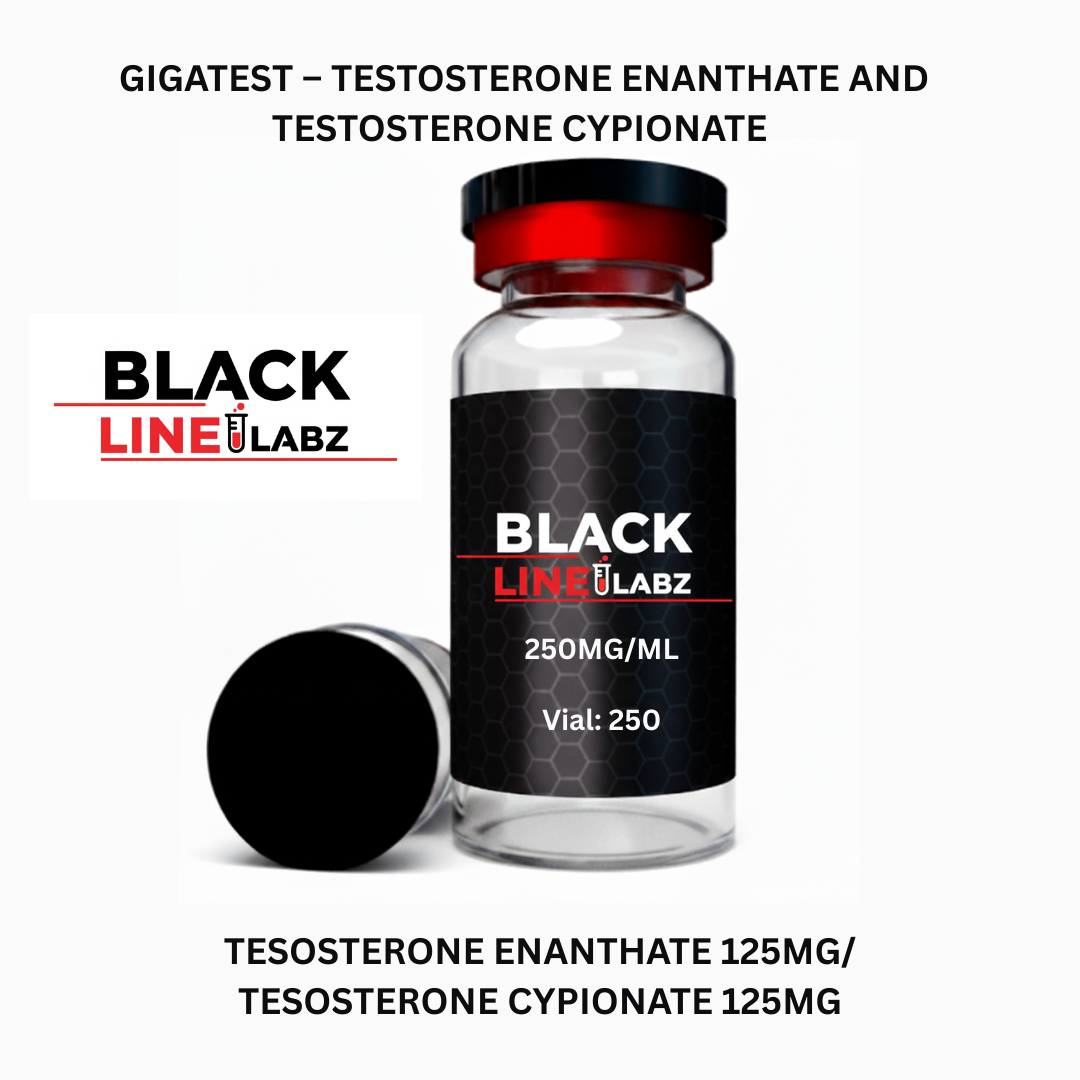
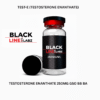
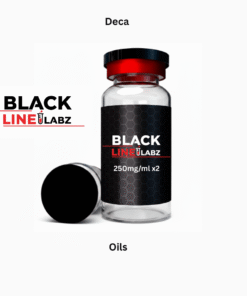
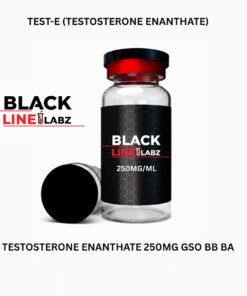

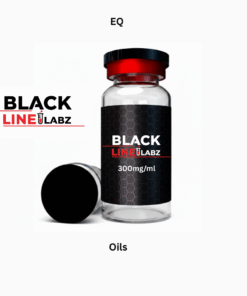
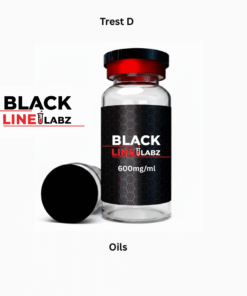
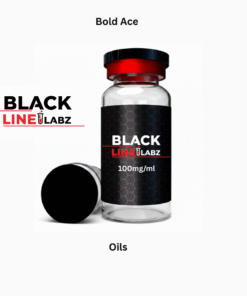
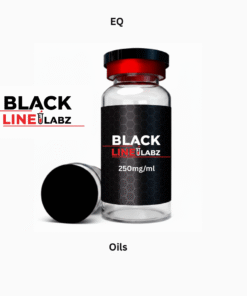
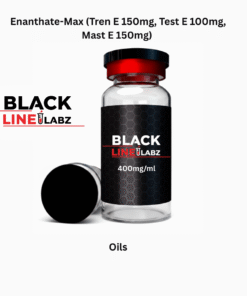
Reviews
There are no reviews yet.